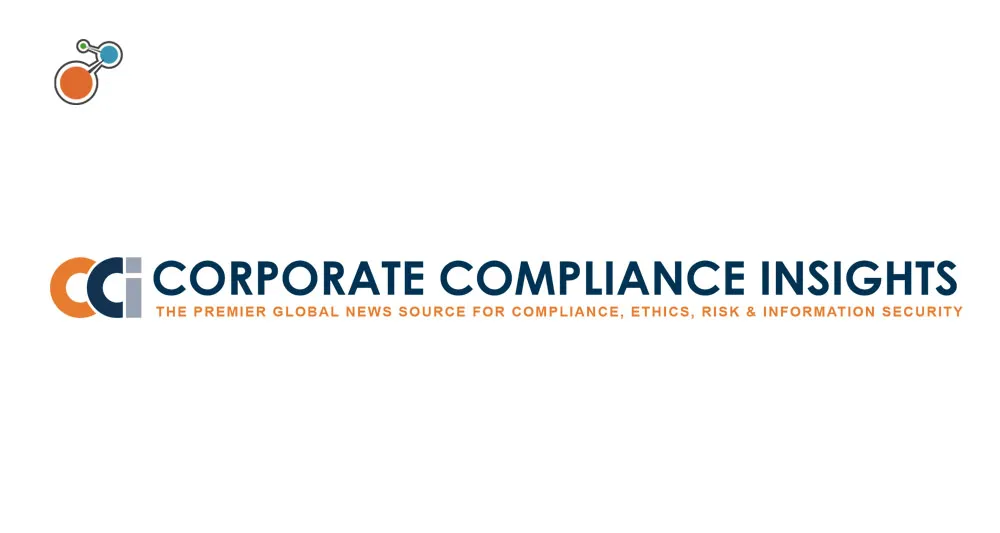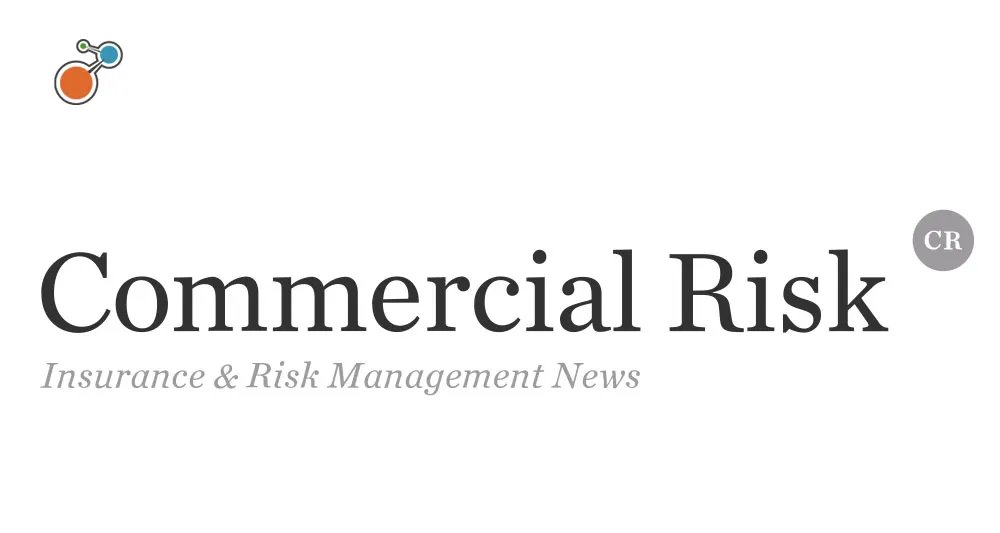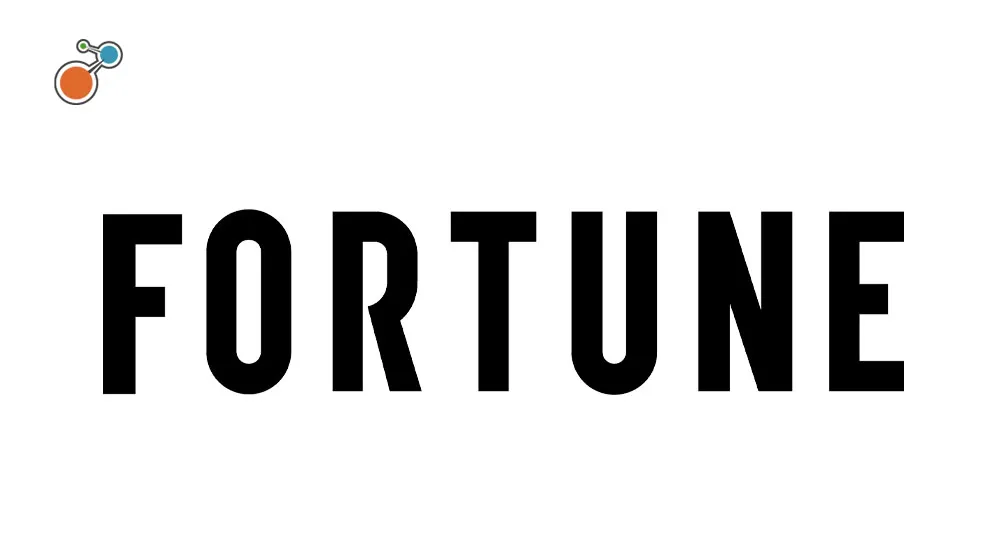Insurance Business, May 3, 2022
No U.S. business leader, risk manager, insurance broker, or underwriter would have anticipated having to handle a global pandemic (lasting two+ years), a supply chain crisis, a severe talent shortage, a war in Ukraine (and the geopolitical fallout), economic inflation, and an increasingly unstable global climate – ALL at the same time.
When quizzed about whether he’d ever seen a global risk landscape like this before, Riskonnect CEO Jim Wetekamp gave a tentative “yes and no.” He used the example of the U.S. subprime mortgage crisis from 2008 – 2010, which contributed to the 2007-2008 global financial crisis. This occurred around the same time as several major natural disasters, which triggered significant supply chain disruptions.
“At any given moment, organizations – depending on what industry they’re in – are always feeling impacts from multiple directions, and they’re trying to juggle across preventative, corrective, and detective risk management. I don’t think that’s unique or new,” said Wetekamp. “What is new, in our recent memory, is having a long-running risk event (a two+ year pandemic) at the same time as a major military environment (Russia’s invasion of Ukraine).
“The accumulation of correlating issues that have now had a compound effect – it does make this risk landscape unique. I think COVID-19 is a big contributor to that, in terms of where it left us from a supply chain resiliency standpoint, from a talent shortage, from consumer and economic demand, from freedom of travel, in a lot of those things – and now add in uncertainty on inflation and geopolitical [tension] and this moment is definitely feeling a bit different.”
As the risk landscape has grown more complex, organizations have turned to technology, like Riskonnect’s enterprise risk management (ERM) software, to better understand their risk profiles and bolster their risk management capabilities.
“In the past 12-18 months, more organizations are starting to use this technology because they value transparency of their risk information, and they need to integrate it into multiple functions in their business,” Wetekamp explained. “They need to understand their insurable risk landscape, along with their operational risk, their financial risk, and their compliance risk because they all have these overlapping factors.”
Read the full article in Insurance Business >>





